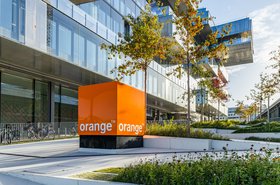New Zealand's government has awarded C-band spectrum (3.5GHz) to the country's three major mobile network operators.
Spark NZ, 2degrees, and One New Zealand (up until recently Vodafone NZ) have each been awarded 80MHz of spectrum in the 3.5GHz band.
The spectrum has been awarded by the government in exchange for the operators investing in network upgrades in provincial and rural areas.
This spectrum is seen as critical for the operation of nationwide 5G networks, with long-term management rights taking effect from July 1, 2023.
All three operators will each have to pay NZ$24 million ($15.2m) to the government between 2023 and 2025, with these funds going towards the Rural Connectivity Group to expand mobile coverage into areas of rural New Zealand that would not otherwise have been provided with coverage commercially.
As part of the update, New Zealand's Minister for the Digital Economy and Communications, Ginny Andersen, also announced that the Interim Maori Spectrum Commission will be assigned 100MHz of frequencies, which it will manage on behalf of the Maori community.
However, Dense Air New Zealand, a current interim holder of 3.5GHz spectrum rights, has withdrawn from the process, confirmed the government, despite holding negotiations for long-term rights in the band.
“The government is committed to ensuring that everyone in New Zealand can get access to good mobile wireless coverage –no matter where you are,” said Andersen, who said the agreement will see the operator's roll out 5G services to around 55 rural and regional towns across the country.
“As part of this new agreement, our three major mobile network operators must increase the pace of the 5G roll-out to small towns across New Zealand and continue their efforts to further expand mobile wireless coverage in rural areas."
This latest agreement builds on a previous investment from the government, which included NZ$60m ($37.3m) being allocated through last year's Budget for rural connectivity improvements, plus NZ$47m ($29.2m) of rural capacity upgrades that commenced in February 2022.







